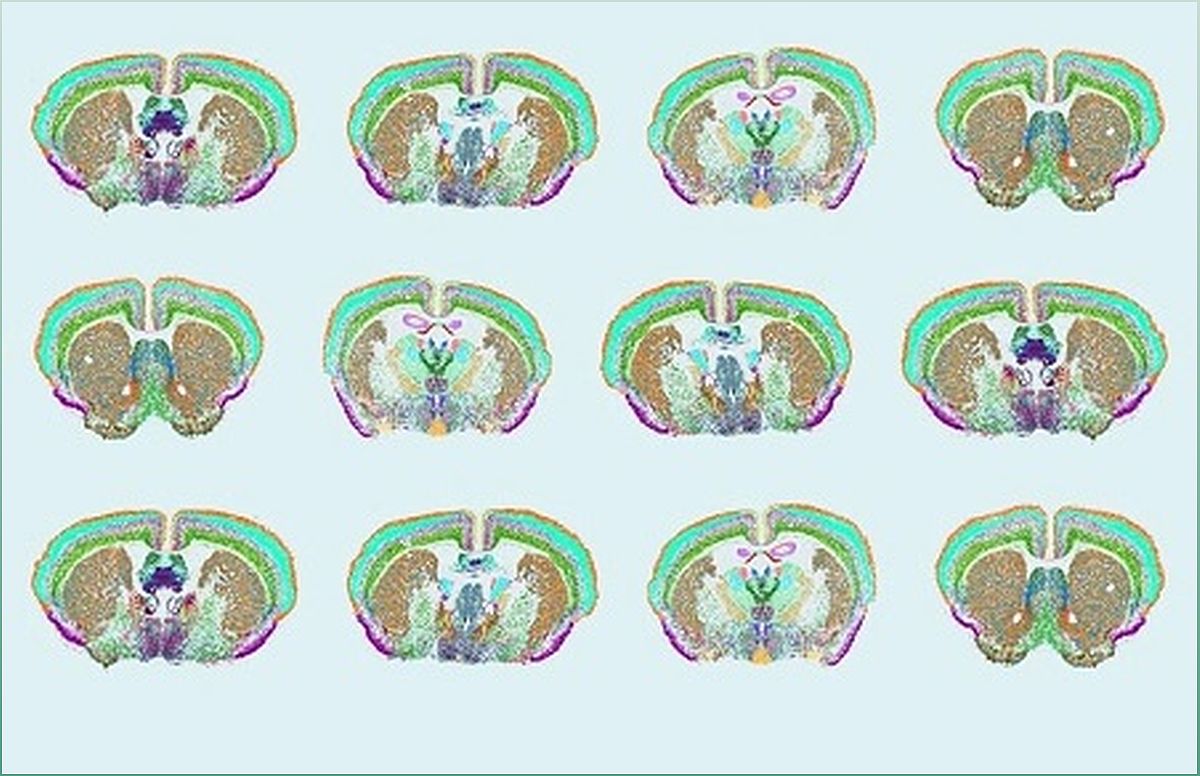For the first time ever, an international team of researchers has created a complete cell atlas of a whole mammalian brain. This groundbreaking atlas provides a detailed map of over 32 million cells, revealing their types, locations, and molecular information. By unlocking the mysteries of the mouse brain, this research opens doors to a deeper understanding of the human brain, paving the way for precision therapeutics for mental and neurological disorders. Explore the remarkable findings funded by the NIH BRAIN Initiative and published in Nature, which offer unprecedented insights into brain function and potential treatments.
Mapping the Mammalian Brain: A Breakthrough in Neuroscience
The creation of a comprehensive cell atlas for the mammalian brain marks a major breakthrough in neuroscience. This groundbreaking achievement provides researchers with a detailed map of over 32 million cells, offering valuable insights into the structure, function, and connectivity of the brain.
By mapping the mouse brain, which serves as a widely used model in neuroscience research, scientists can gain a deeper understanding of the human brain. This knowledge has the potential to revolutionize our understanding of brain disorders and pave the way for the development of precision therapeutics.
Unraveling the Cellular Organization of the Mouse Brain
Discover how the cell atlas provides a comprehensive catalog of cell types, transcriptomic information, and epigenetic details within the mouse brain.
The cell atlas not only identifies the different types of cells in each region of the mouse brain but also provides detailed information about their organization. It offers a comprehensive catalog of the cell's transcriptome, which includes the complete set of gene readouts and instructions for cellular functions.
Furthermore, the atlas characterizes the cell epigenome, which involves chemical modifications to a cell's DNA. This information sheds light on the genetic regulation elements and provides insights into the diverse cell types present in the brain.
Unprecedented Insights into Brain Connectivity and Function
Explore how the cell atlas reveals the intricate network of brain cells, neurotransmitters, and neuropeptides, providing a blueprint for understanding brain circuits and overall brain function.
The cell atlas offers unprecedented insights into the connectivity between brain cells. It provides information on the neurotransmitters and neuropeptides used by different cell types, highlighting the chemical signals that initiate and transmit information within the brain.
By understanding the electrical signals and communication pathways within the brain, researchers can gain a deeper understanding of brain circuits and how they contribute to overall brain function. This knowledge lays the foundation for developing targeted treatments for mental and neurological disorders.
The NIH BRAIN Initiative: Fueling Innovation in Neuroscience Research
Learn about the National Institutes of Health's BRAIN Initiative and its role in funding the groundbreaking research behind the creation of the cell atlas.
The creation of the cell atlas was made possible through the funding and support of the National Institutes of Health's BRAIN Initiative. This initiative aims to advance innovative neurotechnologies and understand the complexities of the brain.
With the help of the BRAIN Initiative, the international team of researchers was able to collaborate and achieve what was previously thought to be impossible. The findings from this research have the potential to transform our understanding of the brain and pave the way for future advancements in neuroscience.

